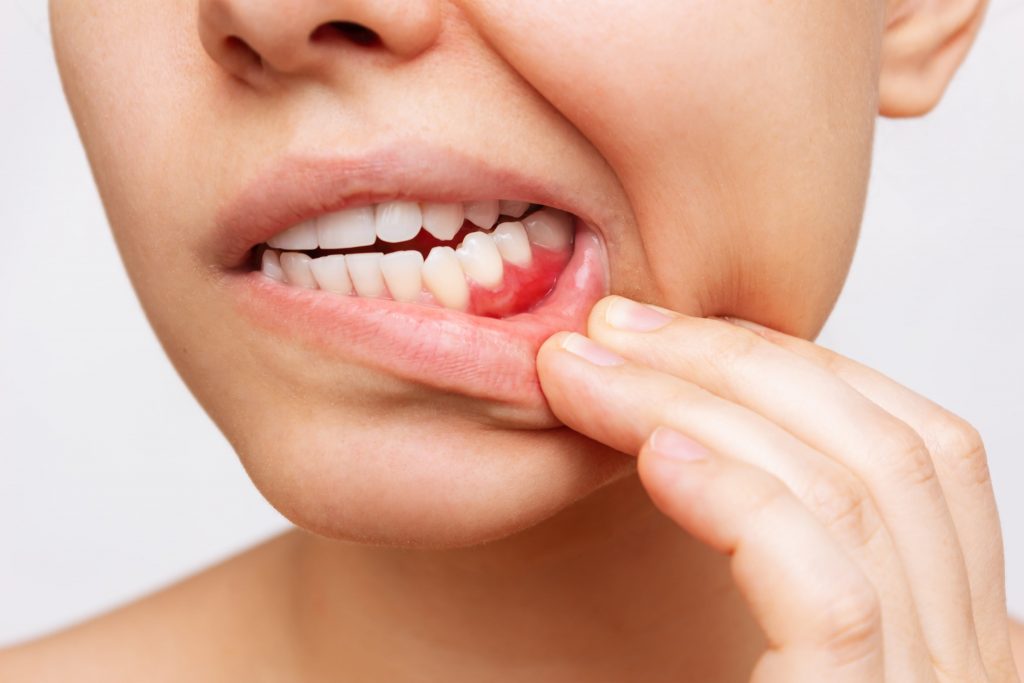If you’ve spent any time in a dentist’s office, you may have heard of gingivitis, gum disease, and periodontal disease. These issues all relate to the mouth, but what is the difference between them?
The Casa Dental team has helped many patients with our periodontal treatment in Escondido, CA. With preventative care strategies, we can stop the onset of periodontal disease and prevent future tooth loss.
What is Periodontal Disease?
Also known as advanced gum disease, periodontal disease is an infection of the gums and bone surrounding your tooth roots. Periodontitis progresses through stages and can eventually cause tooth loss throughout the mouth. It is even associated with issues like heart disease and diabetes.
The stages of periodontal disease include:
- Gingivitis: A gum infection that is reversible with treatment and good home care. Left untreated, it progresses into periodontal (gum) disease.
- Slight periodontal disease: The infection is now 4mm below the gum line and is causing permanent harm, but it can be stopped with professional treatment.
- Moderate periodontal disease: The gums are now receding and detaching from teeth. Tooth roots may be exposed, and bone loss is visible on X-rays.
- Advanced periodontal disease: The gums are very weak. Teeth are usually extremely mobile or start to fall out on their own. Severe bone loss is evident.
So, how fast does periodontal disease progress?
Sadly, there is no official timeline. Some people can have gingivitis for years, while others might develop the advanced periodontal disease in the same time span. Factors like smoking, overall health, diabetes, and frequency of dental cleanings can all affect how quickly the disease progresses.
Gingivitis
All forms of gum disease begin as gingivitis. Gingivitis is an infection of the gums that causes inflammation along the edges, nearest your teeth. The infection begins when plaque biofilm accumulates along the gumlines.
As the bacteria build up on the teeth, it eventually slips below the gums and starts weakening the tissue. As the body fights this infection, the immune response causes swelling along the gumlines.
Symptoms of gingivitis include:
- Red gums
- Soreness
- Bleeding
- Swelling
How to Treat Gingivitis
Luckily, gingivitis is reversible with the help of good home care and a dental checkup. With the right routine, most cases of gingivitis go away within two weeks of attentive treatment.
The first step to treating gingivitis is visiting Casa Dental for a professional cleaning. During this appointment, we’ll remove all the plaque and tartar from your teeth. We’ll also clean below your gums to ensure no bacteria can cause further harm.
Next, we’ll show you a more thorough way to brush your teeth and floss. This step is crucial because gingivitis can easily return if you don’t maintain a daily flossing routine.
How to Treat Periodontal Disease
While treating gum disease won’t reverse the damage that already occurred, it will stop the infection before it can cause more harm.
Treatment usually begins with a comprehensive periodontal exam and dental x-rays. These images give us a view below the gums to see where the infection has spread and to gauge bone loss and tartar buildup.
Next, we will clean the teeth above and below the gumlines and remove all buildup. Gum disease causes increased sensitivity, so we will likely use a local anesthetic to numb your mouth before the deep cleaning. Our ultrasonic water scaler allows us to safely remove all harmful bacteria below the gumlines. If you have advanced periodontal disease, we may separate this treatment into multiple appointments for comfort and convenience.
Severe infections can weaken the jawbone to the point that it cannot support teeth. In these cases, we may also have to extract teeth to stop the infection from spreading.
Common Questions About Gum Disease
How Do I Prevent Periodontitis?
For most people, gum disease can be prevented with regular cleanings and daily flossing and brushing. If flossing is difficult, ask us about using a water flosser. Our team can even show you a better way to floss and remove buildup.
How Long Does Periodontitis Take To Develop?
The first signs of gingivitis can form within five days. The swelling and redness will become more noticeable within two to three weeks.
How Much Does Periodontitis Treatment Cost?
The cost of treatment will depend on the severity of the infection and how many teeth are involved. Casa Dental accepts many major PPO insurance plans and offers in-house financing to make treatment more affordable.
Periodontal Treatment in Escondido, CA
Put an end to the pain and tooth loss caused by gum disease. Call the caring team at Casa Dental today. We’ve helped many Escondido patients take control of their dental health, and we are happy to help you too!

